1 Introduction to digital twins
Digital twins are virtual representations of physical objects or systems that stay synchronized with real-world data to monitor state and structure, simulate outcomes, and support decisions tied to clear objectives. Once the domain of well-funded organizations, they’ve been democratized by low-cost sensors and connectivity, scalable cloud infrastructure, and accessible AI/ML. The chapter dispels common misconceptions—digital twins are not just 3D models, dashboards, or standalone simulators—but integrated systems that combine models, data pipelines, analytics, and feedback, enabling remote, concurrent understanding and control at scale.
The chapter presents a maturity spectrum from descriptive to autonomous. Descriptive twins capture static structure; informative twins layer live data for situational awareness; predictive twins use historical patterns and models to forecast and flag anomalies; comprehensive twins fuse ongoing observations with simulation via data assimilation to explore what-if scenarios; and autonomous twins close the loop by triggering actions in the physical world, from notifications to direct actuation. Whether visual or headless, effective twins rest on a modeled graph of entities and relationships enriched by continuous data streams.
Value appears across the product and asset lifecycle—accelerated design and testing, predictive maintenance, real-time optimization, and safer, more effective training—and spans industries such as mining and energy, automotive, agriculture, infrastructure, and the built environment. Building a twin follows a repeatable flow: define measurable objectives; identify and gather required data; move and process it; construct visual, mathematical, and semantic models; run analytics and simulations; and, where appropriate, act on results. Success depends on precise goals, high-quality and contextualized data, a blend of domain and technical skills, and a pragmatic build-versus-buy strategy—often a hybrid that combines standard components with custom elements where differentiation and data control are critical.
Google Maps view of lower Manhattan, a familiar example of a descriptive digital twin. Map data © 2025 Google
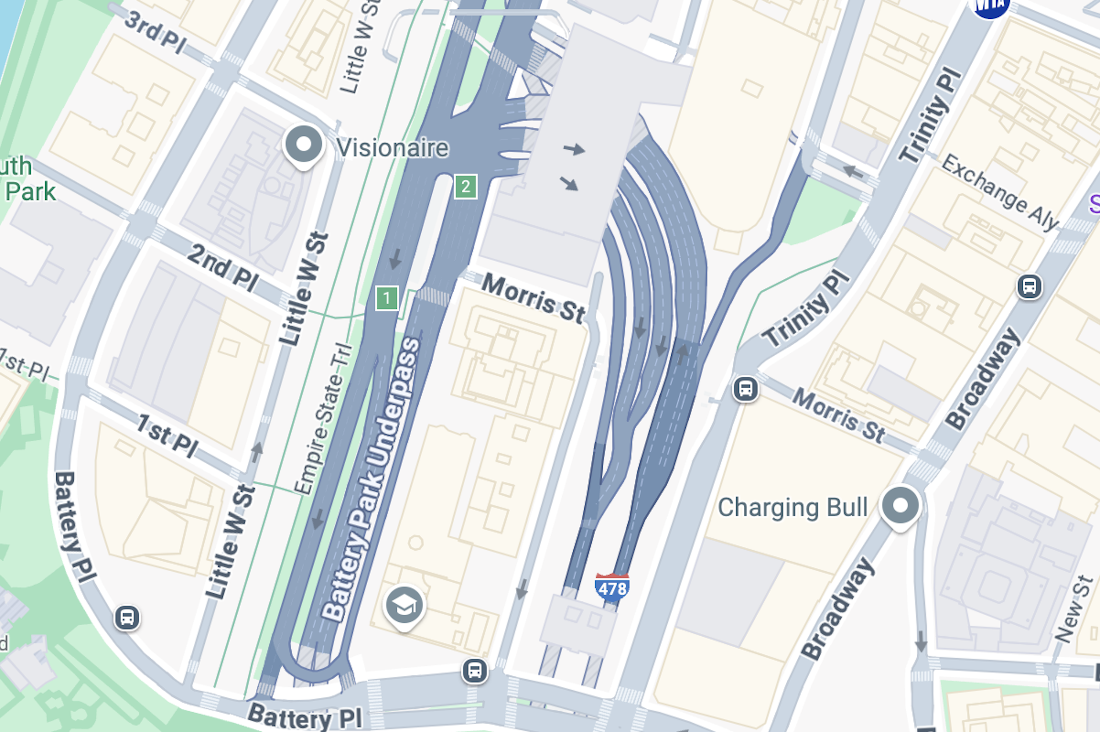
Google Maps view of lower Manhattan showing a photorealistic 3D view of the built environment provides a more detailed example of a descriptive digital twin. Imagery © 2025 Google, Map data © 2025, Map data © 2025 Google
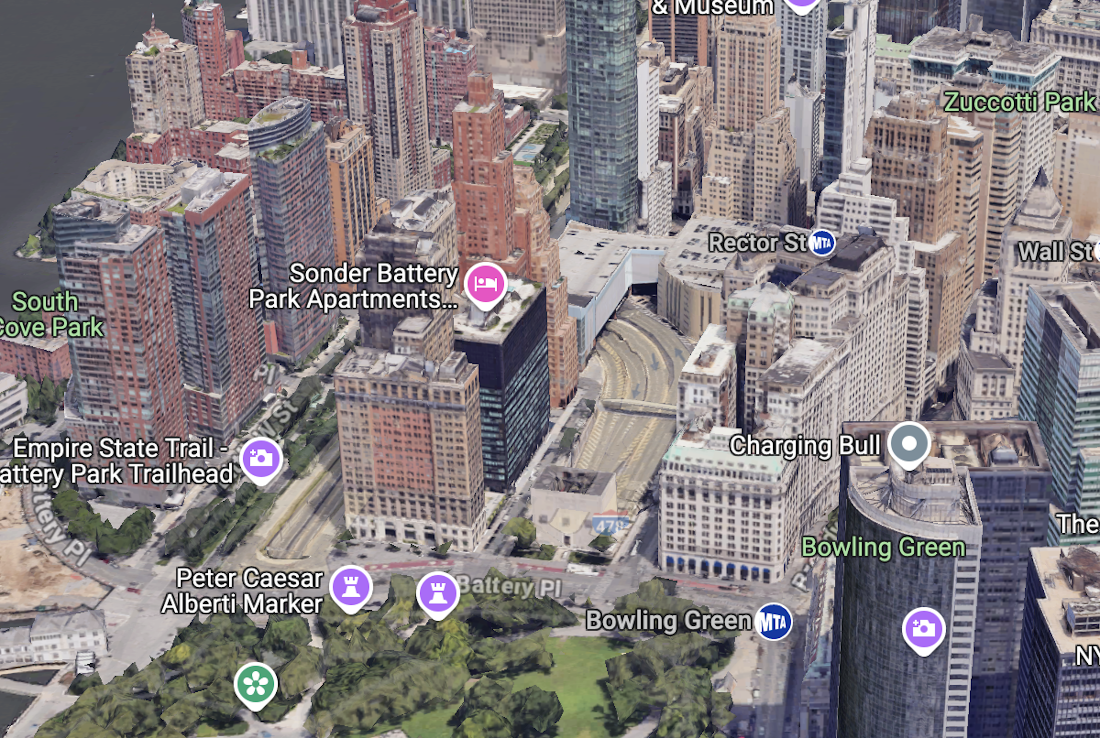
A directed graph model of a small subset of lower Manhattan as represented in Google Maps, with vertices representing intersections and edges representing roads with direction of travel.
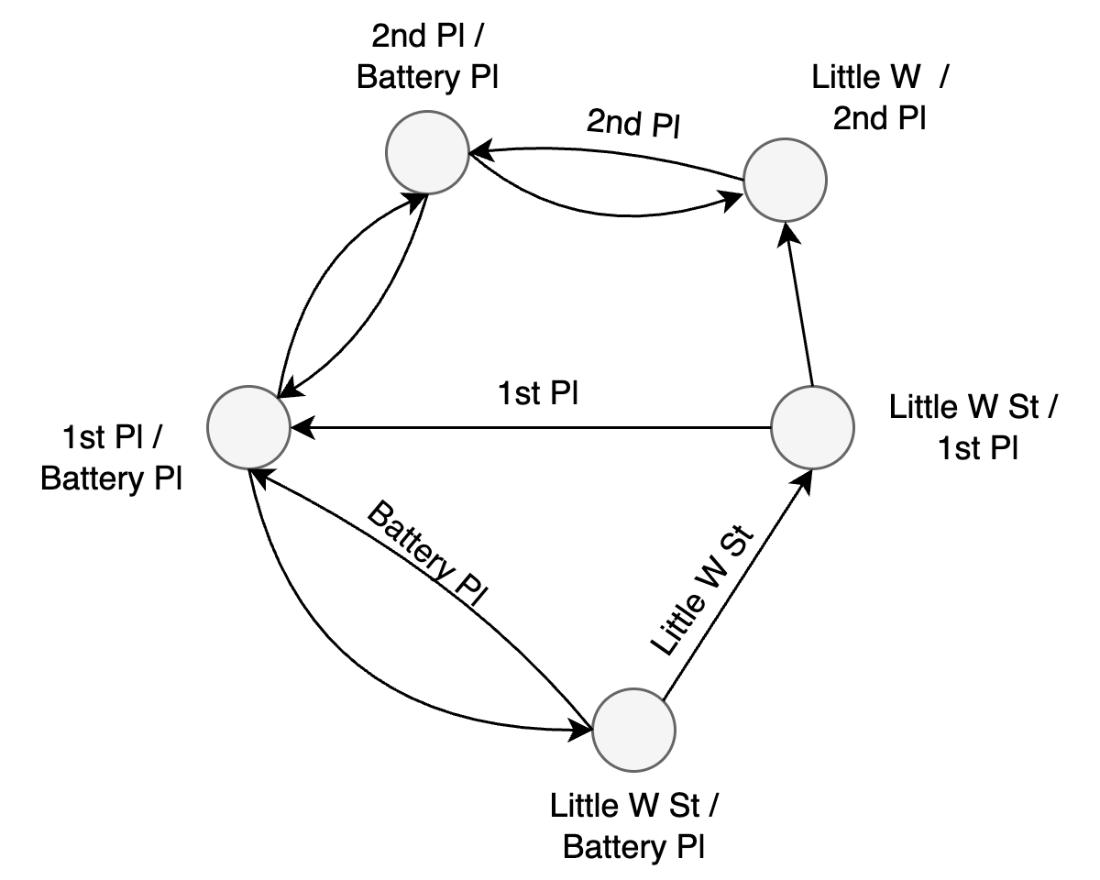
Google Maps view of lower Manhattan with realtime traffic congestion data overlaid is an example of an informative digital twin. Imagery © 2025 Google, Map data © 2025, Map data © 2025 Google

Information about the physical environment represented in a dashboard forms the basis of many informative digital twins.

An example of a predictive digital twin provided by Google Maps showing predicted travel time. Map data © 2025 Google

An example of a comprehensive digital twin—a view of indicators relevant to wind energy including hourly wind speed distribution with its changes at the multi decadal scale to help improve wind farm design generated with the Climate Change Adaptation Digital Twin, part of Destination Earth. Image © ECMWF. Licensed under CC BY 4.0
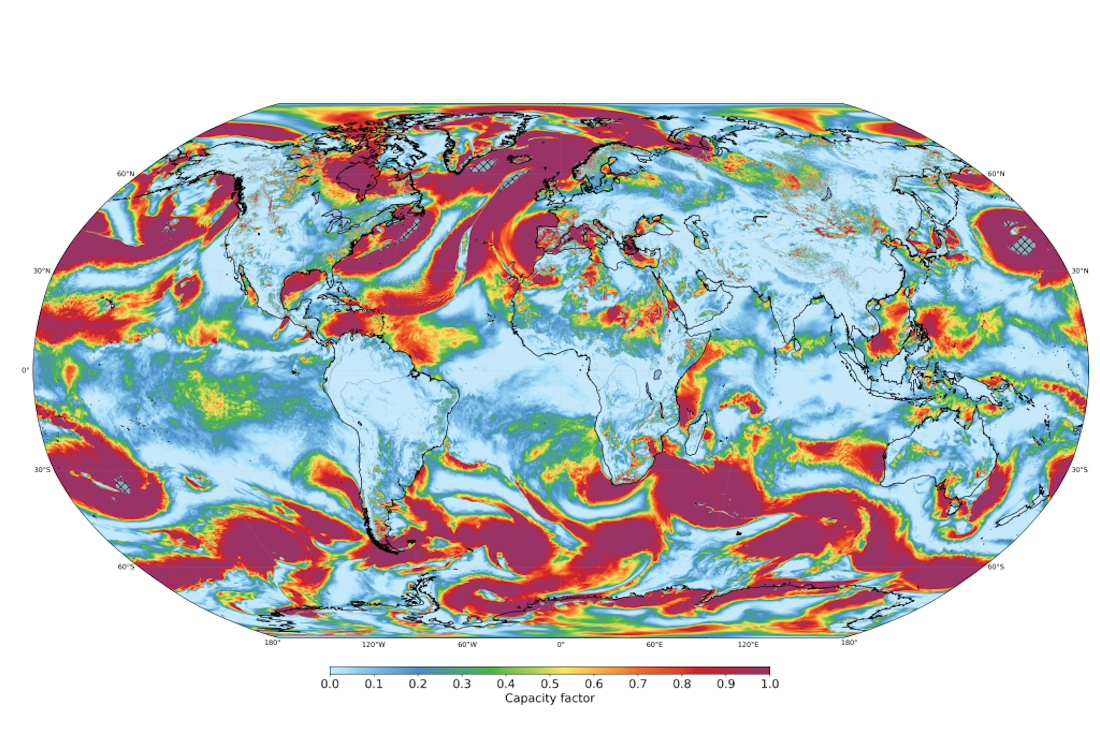
High level architecture of a digital twin showing how data about the real world is collected, stored, and processed to make decisions and effect outcomes.
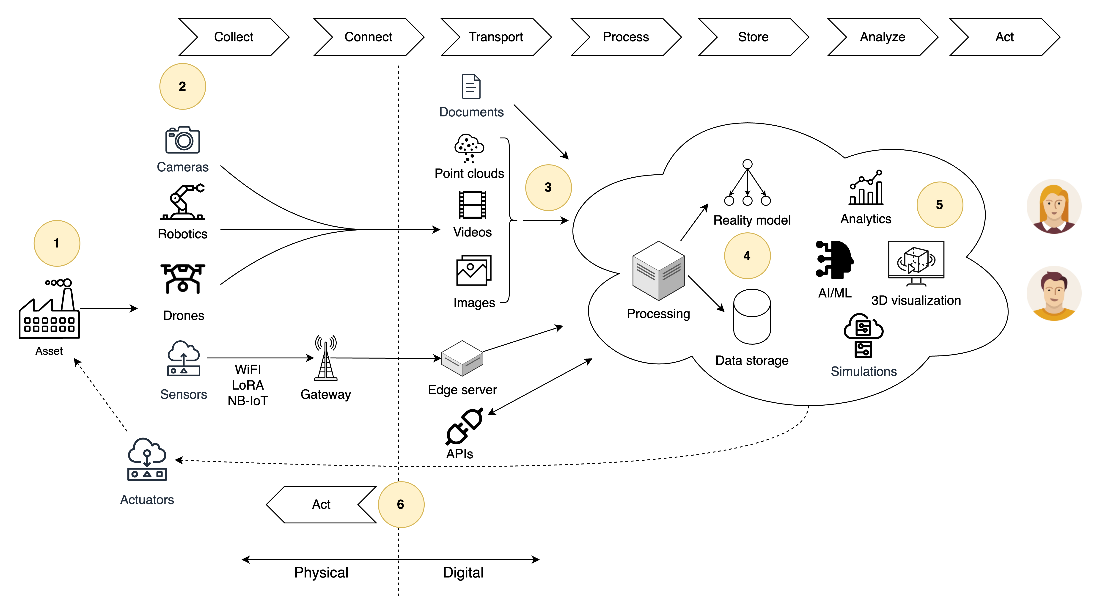
Summary
- Recent advances in IoT, cloud computing, and AI/ML have made the technology required to build a digital twin widely available.
- A descriptive digital twin provides a static digital representation of reality.
- An informative digital twin integrates data streams from the real world, regularly updating the digital representation.
- A predictive digital twin forecasts what the state of the physical system might be in the future, based on an understanding of the past.
- A comprehensive digital twin simulates possible future states of the physical system, using data assimilation to update mathematical models with data from the physical system.
- An autonomous digital twin closes the loop between the physical and digital realm by taking actions in the physical world based on analytics, predictions, or simulations in the digital representation.
- Before building a digital twin you must be clear about the outcomes you are looking to achieve, what skills you will need, and whether you intend to build it from scratch, buy off the shelf capabilities, or a combination of the two.
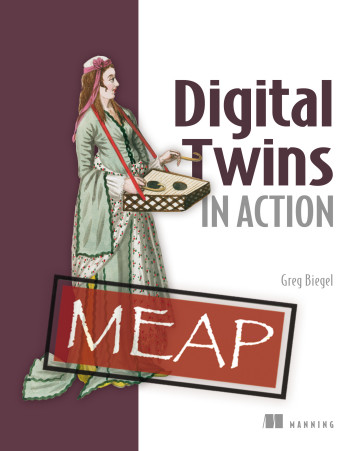 Digital Twins in Action ebook for free
Digital Twins in Action ebook for free